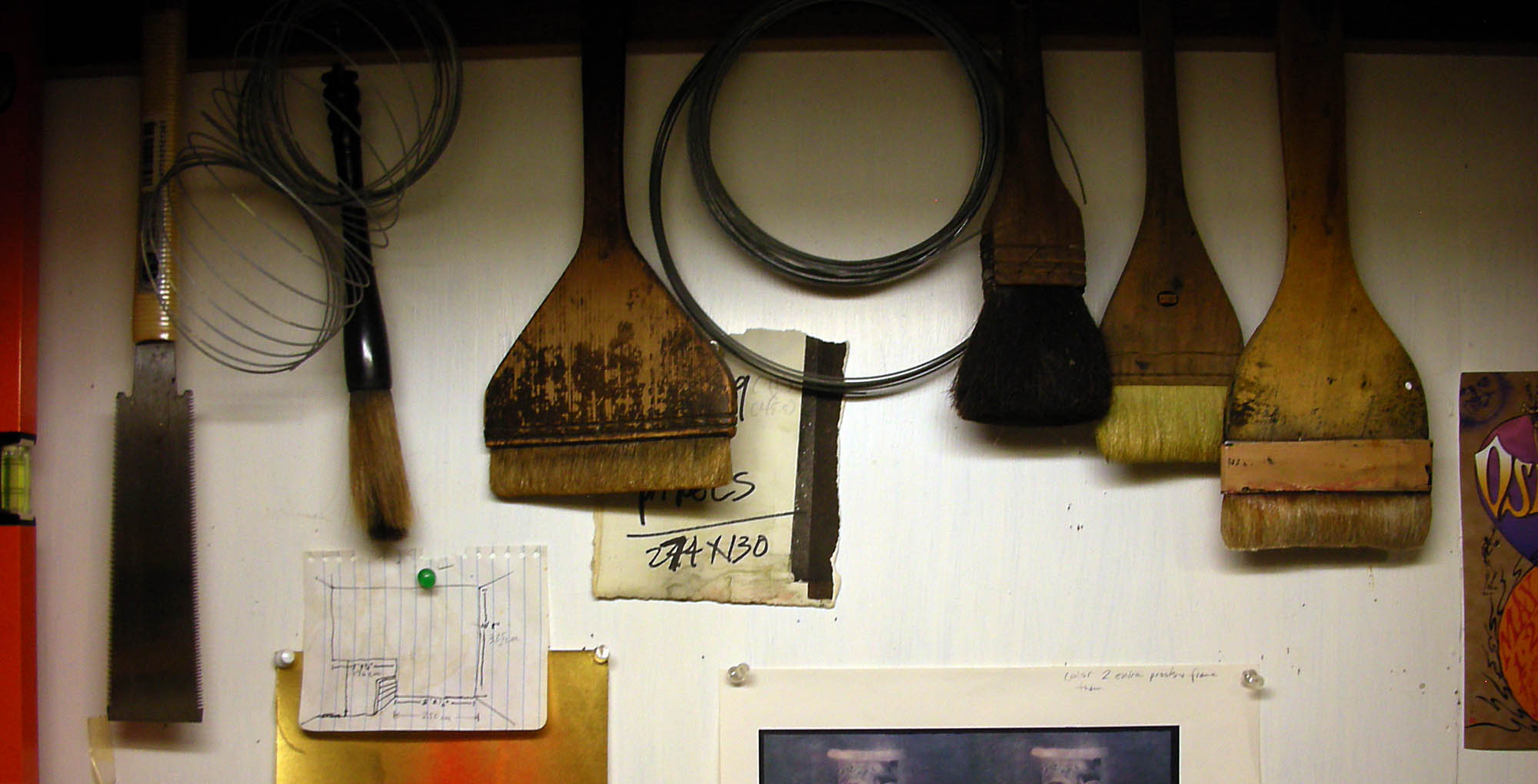THE ORIGINAL PRINT
Hanga Ten specialises in Japanese contemporary prints which are original works of art. Their editions are strictly limited.
Five criteria are used among art associations in Japan to define the characteristics of an original print:
– An original print is a work of art which has been conceived by the artist to be realised as a print. The artist via various printing methods creates the image onto a woodblock by carving it, or etching onto a metal or stone plate, or stencilling a silkscreen.
– The original image is then directly printed from the plate or block by hand or from the printing press by the artist himself or an artisan supervised by the artist.
– The artist takes full responsibility for each printed work.
– Each print is numbered and signed by the artist, usually at the bottom. The completed works compose an edition. If a print work is numbered 5/20, it means that it is the fifth print of an edition of twenty. The edition size is determined by the artist.
– When an edition is complete, the plate or block is marked with diagonal lines or a hole so that no more prints can be printed from it. In Japan this practice is called rai’e, from the French word rayer, to cross or scratch out.
Original prints are created through a time-consuming and meticulous process, which may result in each print within the same edition being slightly different in tone, texture or colour to each other. The original print should therefore not be confused with reproductions which are copies of an art work, mass produced by means of automatic copier, photolithography or digital process. Posters are an example of reproduction processes.
THE ARTIST’S PROOF
The artist may produce trial proofs (TP) or artist’s proofs (AP) of a particular work, which are in addition to the numbered prints in an edition. Other abbreviations used for these proofs are EA (Epreuve d’Artiste), and HC (Hors d’Commerce). These abbreviations will be denoted on the bottom of the work, and are usually limited to ten percent of an edition. Artists proofs can become collector’s items because of their small number.

